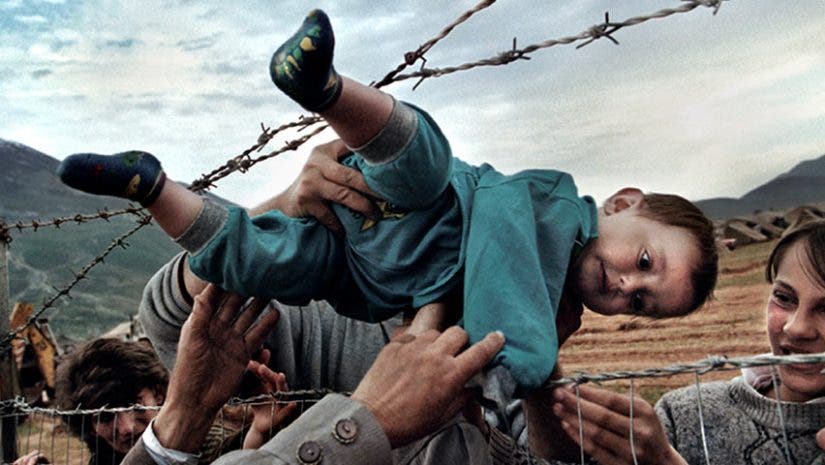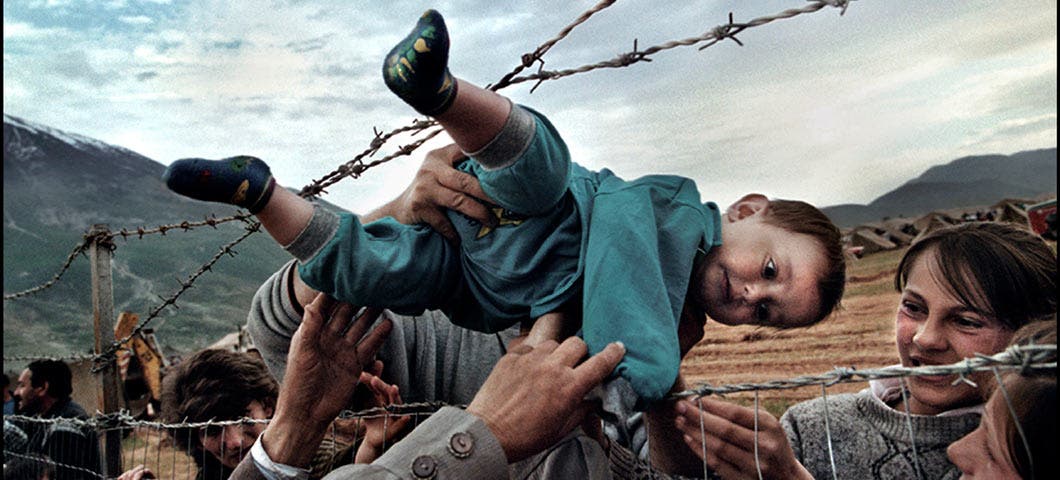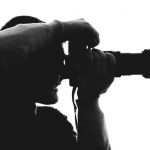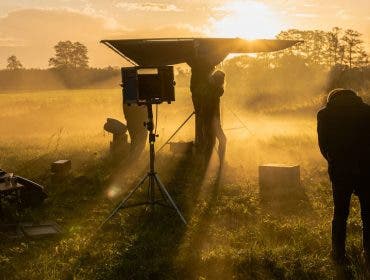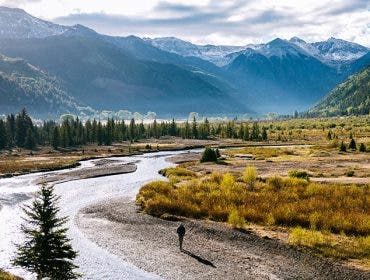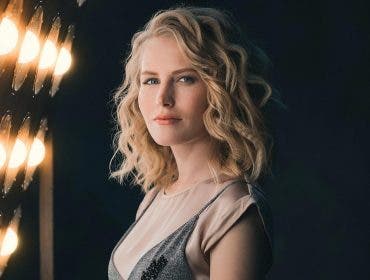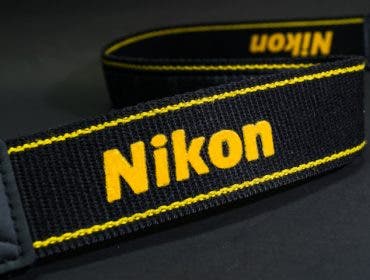The only journalist to be honored with four Pulitzer Prizes, Carol Guzy was born in Bethlehem, Pennsylvania and attended the local Northampton County Area Community College, graduating with an Associate’s degree in Registered Nursing. But her true passion was photography, and that led her to enroll at the Art Institute of Fort Lauderdale in Florida where she earned an Associate in Applied Science degree in Photography.
In the course of her studies she interned at The Miami Herald, renowned as an incubator for great photojournalists, and upon graduation was hired as a staff photographer. She spent eight years at that seminal newspaper before moving to Washington, DC in 1988 where she became a staff photographer at The Washington Post through 2014. She is currently a freelancer.
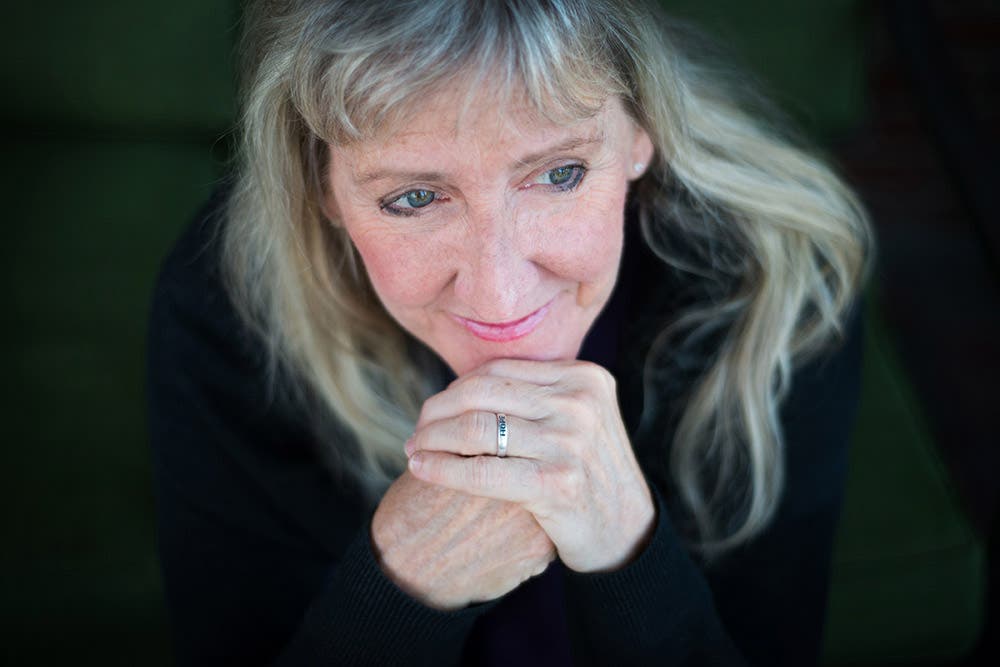
Guzy received her fourth Pulitzer for her searing coverage of the Haitian earthquake in 2010. Previously, she had been honored twice with the Pulitzer Prize for Breaking News and Spot News Photography for her coverage of the military intervention in Haiti and the devastating mudslide in Armero, Colombia. She has received a third Pulitzer Prize for Feature Photography for her work in Kosovo. She has been named Photographer of the Year for the National Press Photographers Association three times, eight times for the White House News Photographers Association Award, and has received many other prestigious honors in her outstanding photojournalism.
Guzy specializes on long-form documentary human-interest projects, news, and feature stories, both domestic and international. Her entire career was spent as a staff photographer for the Miami Herald from 1980 to 1988, then The Washington Post from 1988 to 2014. She’s currently a contract photographer with Zuma Press with worldwide distribution and work appearing in various magazines, newspapers, and other publications. She’s also covered assignments with NPR, ESPN, National Geographic, New Yorker magazine, NGOs, and more.
Warning: This article contains some graphic images
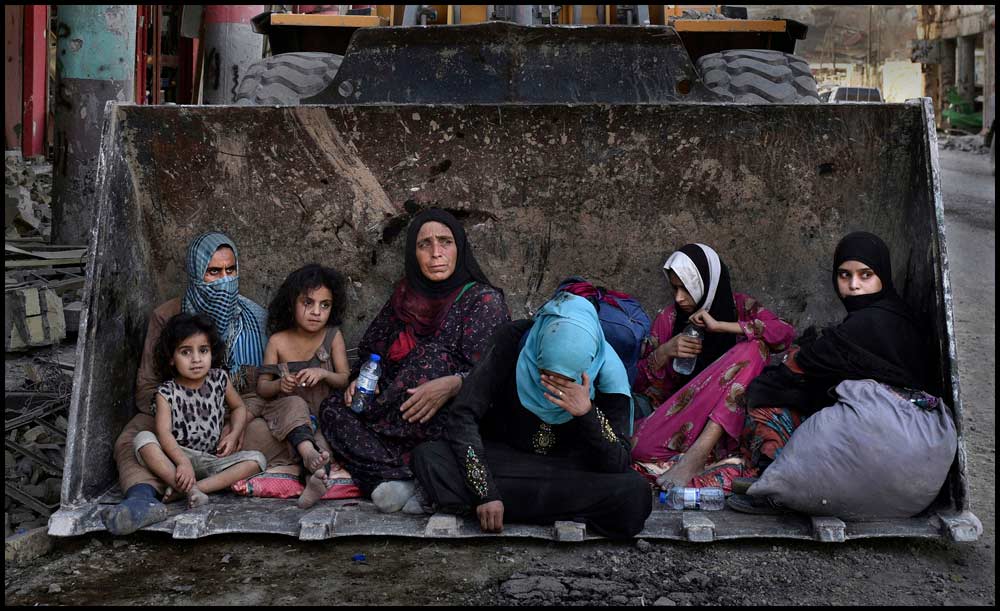
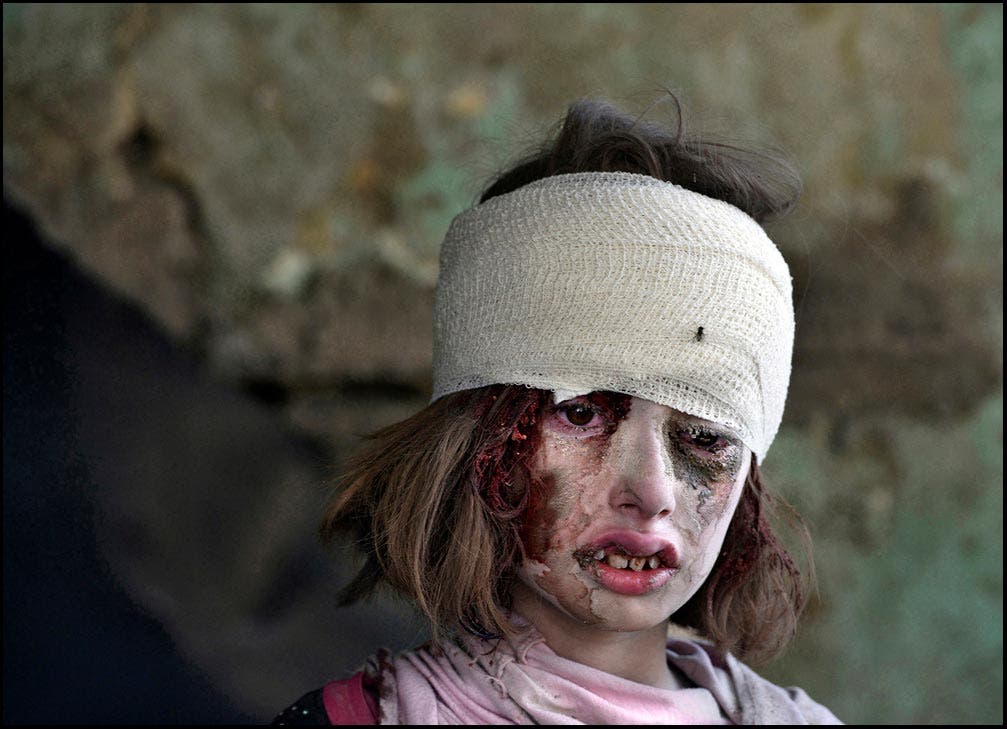
“I would describe what I do as visual storytelling that’s focused on the narrative of those images,” Guzy adds. However it’s crystal clear that this storytelling is motivated by compassion and making a human connection. She continues, “My goal has always been to document with depth and intimacy to reach viewers on a visceral, emotional level in hopes of enlightening, educating, and evoking empathy.”
“My goal has always been to document with depth and intimacy to reach viewers on a visceral, emotional level in hopes of enlightening, educating and evoking empathy.”
Part of that compassion was innate, and part of it grew out of her childhood experiences. “In high school I lived in the art class in my hometown of Bethlehem, PA,” Guzy recalls, “but we were so poor it seemed foolish to pursue art as a career (my father died when I was six and mother worked in sewing factory and had multiple jobs to make ends meet). So I attended nursing school at Northampton Community College for both practical and altruistic reasons.”
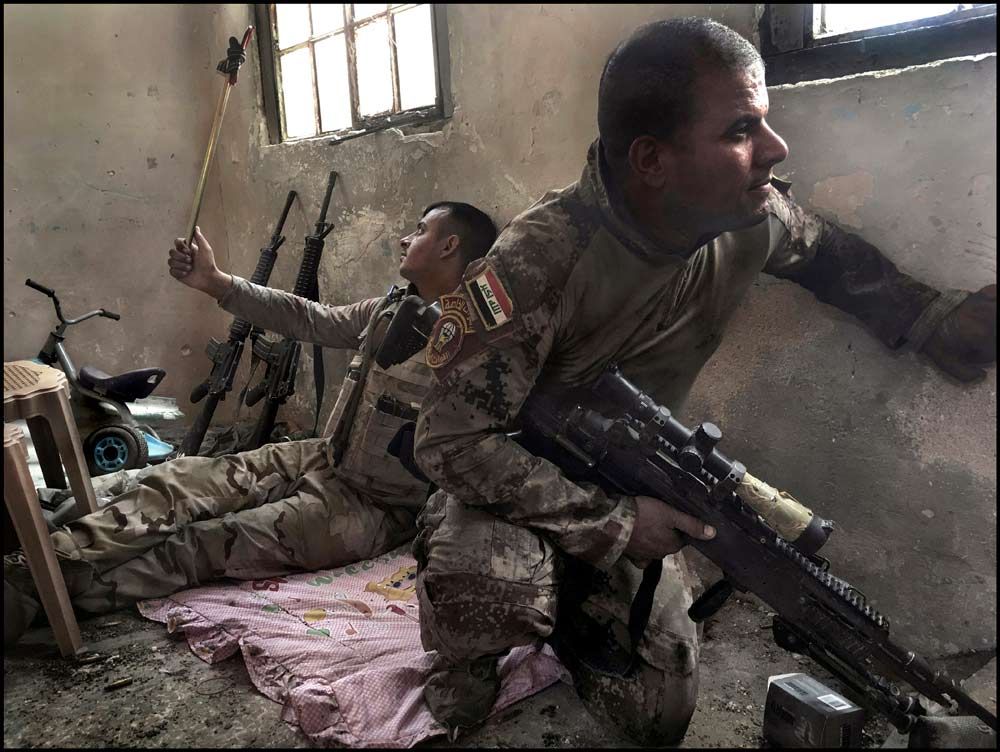
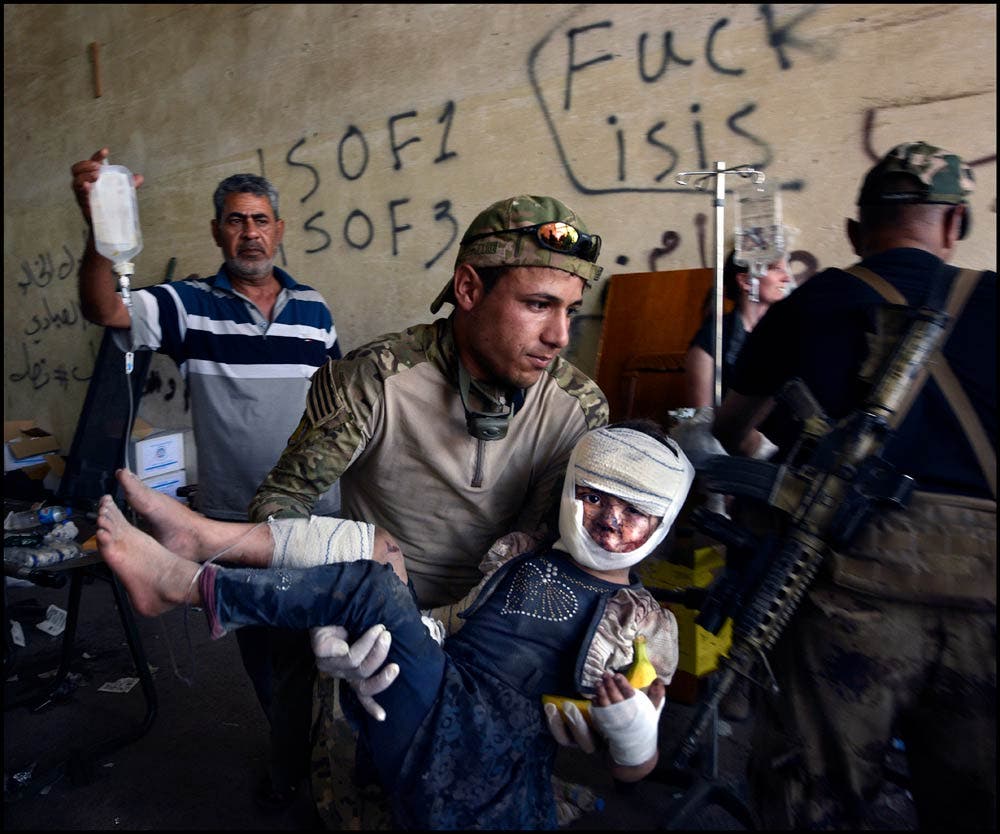
“I had played with taking pictures for pleasure, but when an old boyfriend gave me a real SLR camera for my birthday, I was inspired to take a black-and-white darkroom class at school,” she continues. “Seeing an image appear in a tray was pure magic and without a doubt a defining moment of my life and that feeling is still just as fresh and overwhelming today. I graduated from nursing school but it never felt right as a career, but having that under my belt gave me the courage to take a risk and attend the Art Institute of Ft. Lauderdale for a two-year photography program. From my first photojournalism class, it became clear this was my niche.”
“Walt Michot was the first mentor as my PJ (photojournalism) instructor at the Art Institute,” Guzy continues. “Most students were more interested in commercial photography but he saw some promise in my work and took me on assignments for the Fort Lauderdale News where he worked and that definitely shaped my future choice to intern with the Miami Herald. The school was in a quandary, however, as I stopped going to many of my other classes like fashion, architecture, etc. putting all energy into the two back-to-back internships. In the end they let me graduate with highest honors.”
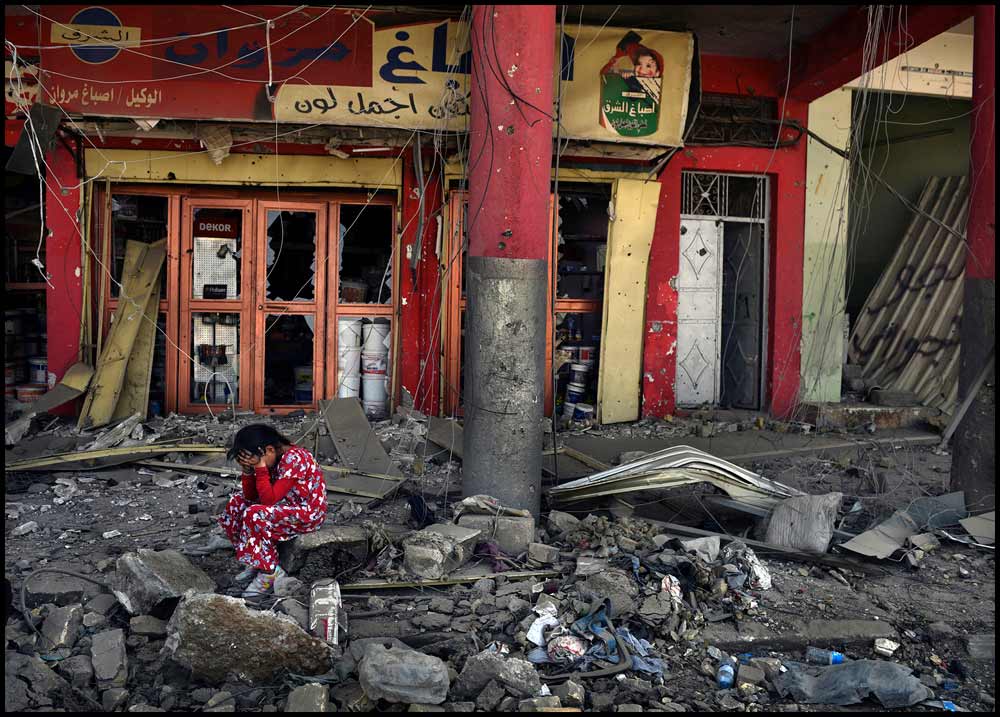
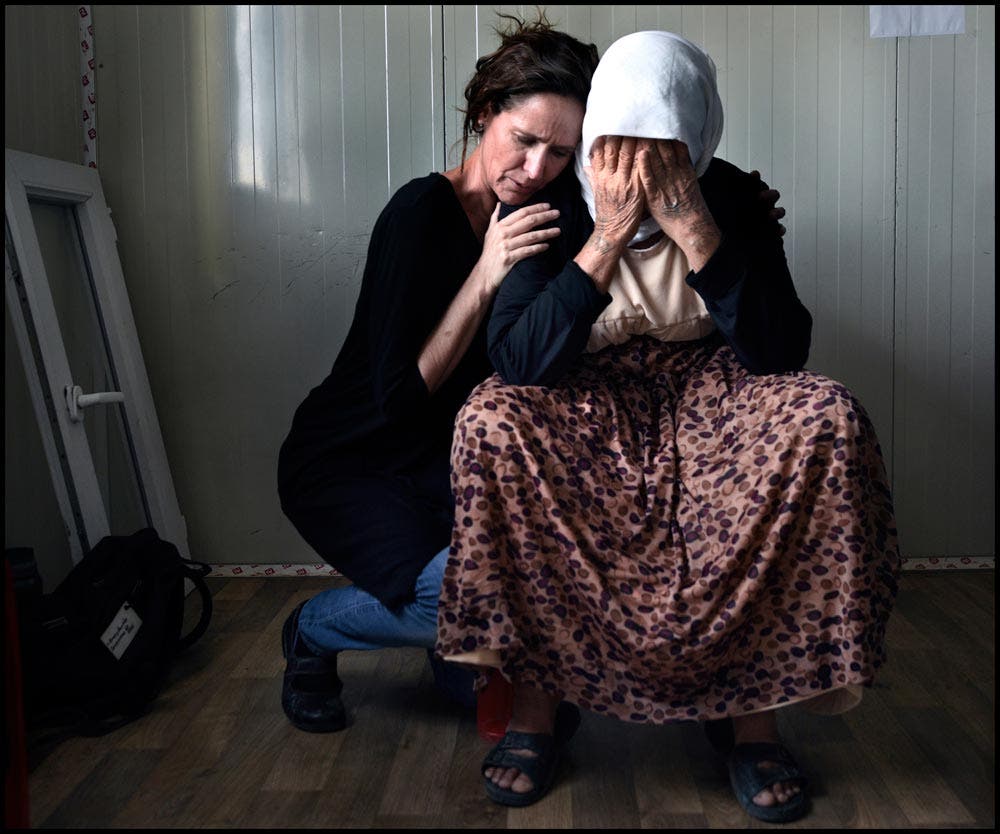
Honoring her long commitment to Nikon cameras Nikon has made her a Nikon Ambassador. “I‘ve used Nikon most of my career,” she notes. “I typically carry two cameras fitted with zoom lenses, which help lessen the chance of missed moments for me. I’m now thrilled to have the Nikon Z7 full-frame mirrorless bodies with silent mode and having so much less weight to carry is a big plus. I’m now in the process of switching to all lighter weight lenses such as Nikon’s f/4s since the new cameras are so amazing in low light and we can now push the ISO to very high levels while still retaining excellent overall image quality. They literally allow you to photograph in the dark! The lens I’ve been using most often with Z7 is the Nikon NIKKOR Z 24-70mm f/4 S. But there is also an adaptor to use older lenses like 70-200mm f 2.8 (hoping to purchase the much smaller f/4 as soon as I can). Also, I sometimes carry a wider 16-35mm Nikkor because at times the 24-70mm is a bit too tight.”
“Nikon’s new mirrorless cameras offer amazing options such as a silent mode that allows me to document very discreetly,” Guzy adds. “An ordinary camera click can be surprisingly loud and distracting when covering funerals and other highly sensitive situations. We can also photograph during video interviews. The quality of image in low light has improved immensely. While covering the border wall migrant story, I was literally able to photograph silently and in almost complete darkness as families tried to cross. The viewfinder of the Z7 is so bright you can capture moments that are not visible to the naked eye. These new features and the ability to lessen the weight we carry are astonishing and invaluable.”
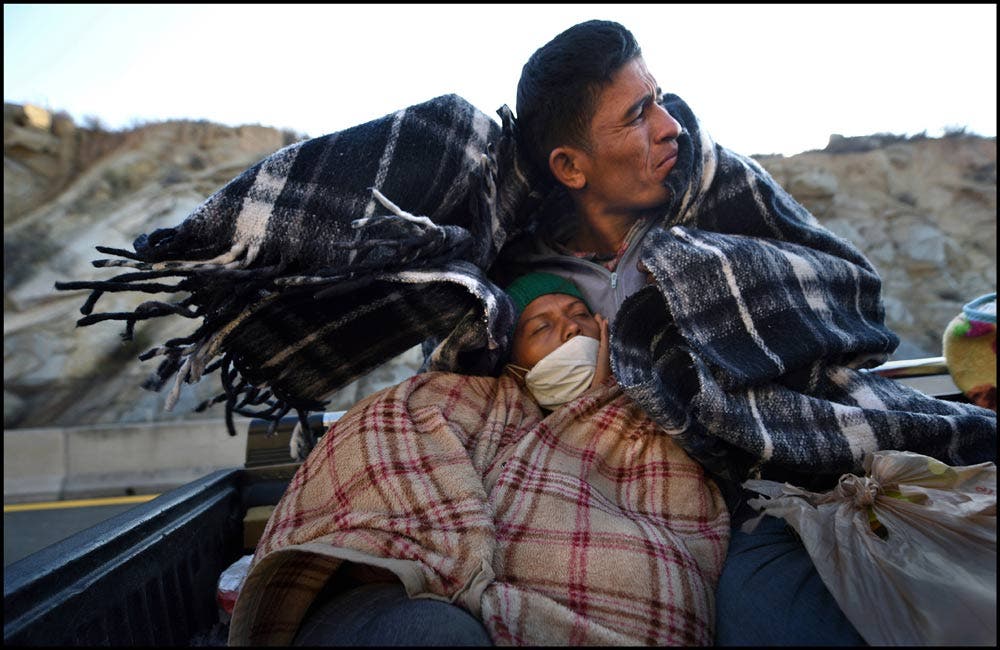


Listing all the awards and honors — other than the above-mentioned Pulitzer Prizes — bestowed on Carol Guzy and her extraordinary work would take many pages, so here’s a brief selection:
- National Press Photographers Association, Newspaper Photographer of the Year, 1989, 1992 and 1996,
- White House News Photographers Association, Photographer of the Year, 1991, 1993, 1994, 1995, 1996, 1997, 1998, 1999
- Robert F. Kennedy Award, International Photojournalism, 1997
- Robert F. Kennedy Citations, Outstanding Coverage of the Disadvantaged in America, 1984
- Visa Pour L’Image (Perpignan, France), Visa d’Or Award for News Photography, 1995
- Leica Camera, Leica Medal of Excellence, 1994
- NPPA, Joseph A Sprague Memorial Award, 2001
- Robert F. Kennedy Award, Grand Prize International Photojournalism 2009
- Robert F. Kennedy Award, Outstanding Coverage of the Disadvantaged in America, 2010
- PhotoImaging Manufacturers & Distributors Association, PMDA Award 2011
- Association of Private Sector Colleges and Universities (APSCU), Hall of Fame Emeritus Award, 2012
- Missouri School of Journalism, Missouri Honor of Medal for Distinguished Service in Journalism, 2013
- Washington Journalism and Media Conference (WJMC) at George Mason University, Student scholarship in her name for, 2016
- Overseas Press Club of America (OPC), Robert Capa Gold Medal, 2018
- National Geographic Seminar, Headliner Speaker, 2018
- Ripple Effects Images, Team Member, 2018
- Nikon Ambassador, as of 2018
- NPPA, Northern Short Course Photographer of the Year, 2019
- Freedom Forum Institute, Al Neuharth Award for Excellence in the Media 2019

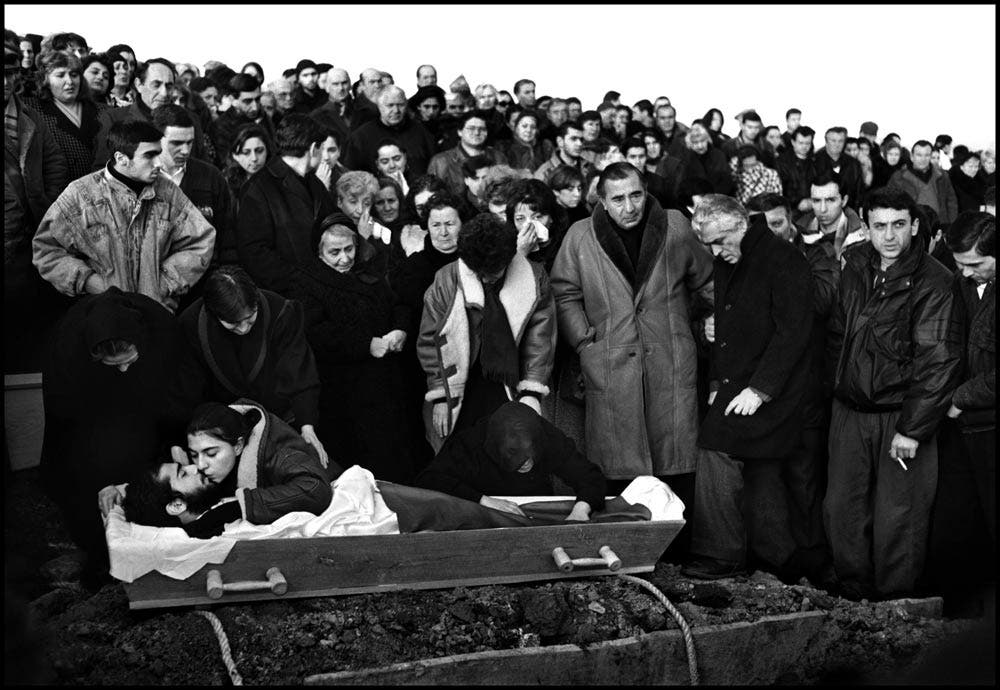
“Many viewers have said the images resonate with them on a deeply personal level, conveying moments of hope even amid devastating circumstances,” she adds. “I’m quite horrible at saying everything in a single image, and the power of the overall content is achieved by spending as much time as possible on every story. Truly the only way to tell a story with genuine moments is to walk the journey with people and establish trust that you are there not to merely take pictures but to give an understanding of their situation to others.”
“Truly the only way to tell a story with genuine moments is to walk the journey with people and establish trust that you are there not to merely take pictures but to give an understanding of their situation to others.”
“It’s been quite disturbing for me to see the trend in photojournalism become quick web hits in the new corporate mentality that has taken over much of the profession, with entire photo staffs being laid off, less time allotted to visual stories that actually drive the web, and fewer assignments for freelancers desperate to produce quality work,” she notes. “Fortunately, the pendulum may be shifting back to quality, not quantity, but it’s happening far too slowly.”
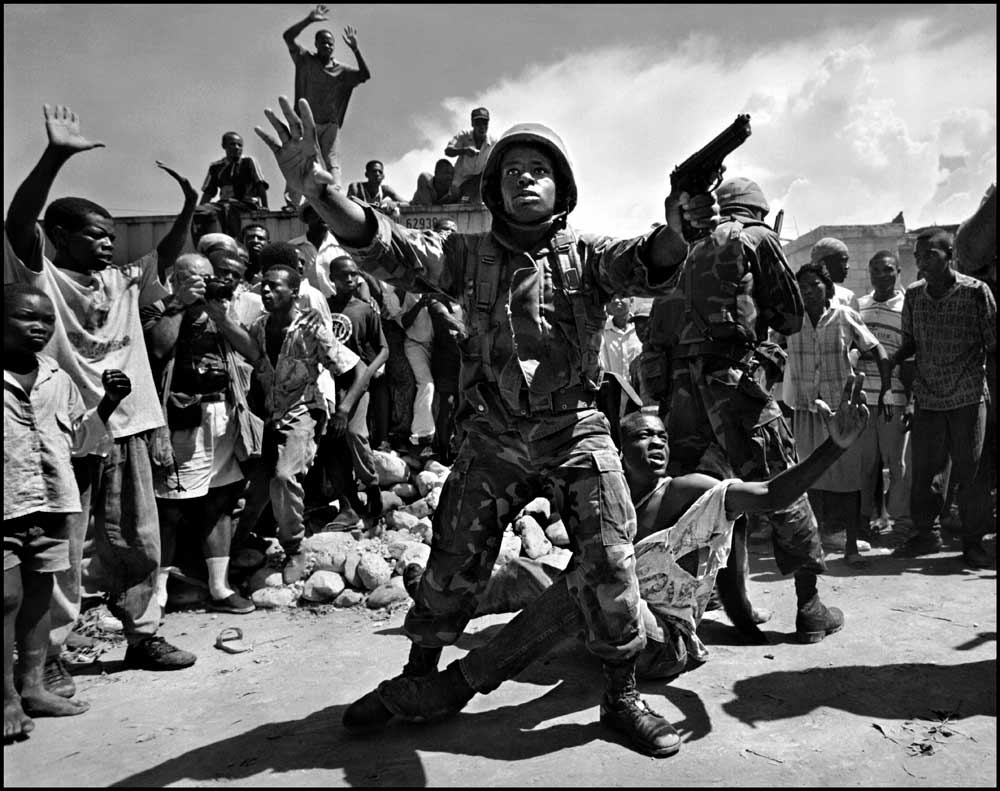
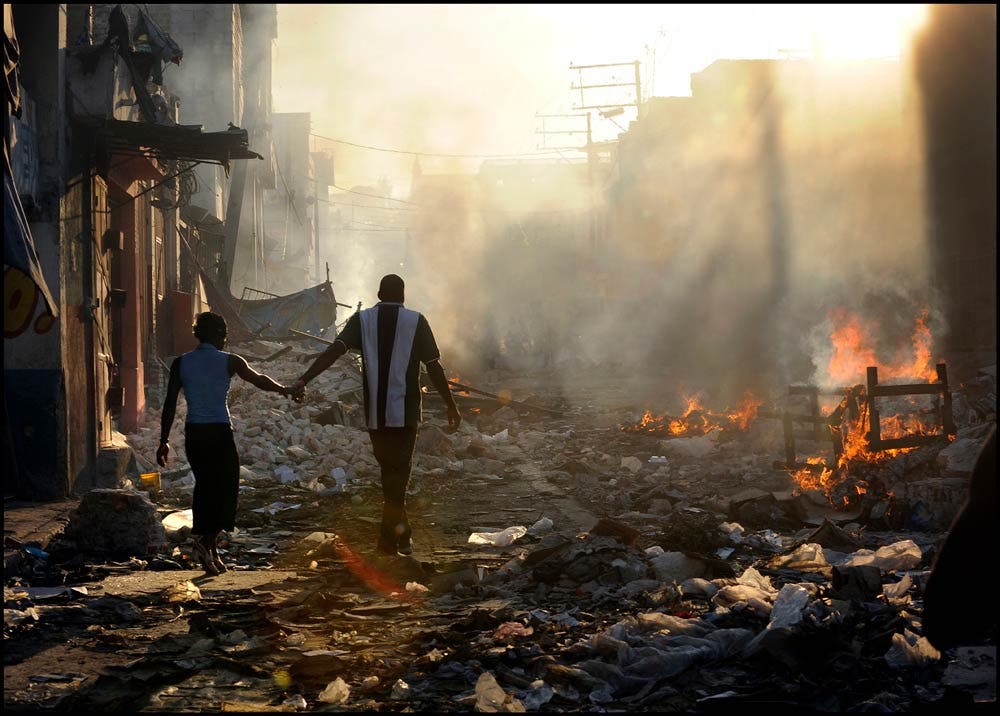
“To be a photojournalist or even just a caring person you can’t overemphasize having empathy,” she adds. “It’s a blessing and a curse — it undoubtedly helps me create images that resonate and connect viewers to the narrative of others, but also makes any heartbreak a thousand times harder. We are not walking cameras and what we witness changes our soul. I also spend time in order to document as truthfully as possible with genuine and intimate moments. We can never really walk in another’s shoes, and our greatest challenge as photojournalists is to tell the narrative of others as best we can. People open their lives to our cameras and it’s a great responsibility. Editors have deemed me ‘obsessive’ more times than I could ever count. I prefer the word ‘dedicated.’ Establishing trust and waiting for those priceless and sometimes unexpected moments takes patience and tenacity. And yes, a bit of OCD!”
“We can never really walk in another’s shoes and our greatest challenge as photojournalists is to tell the narrative of others as best we can.”
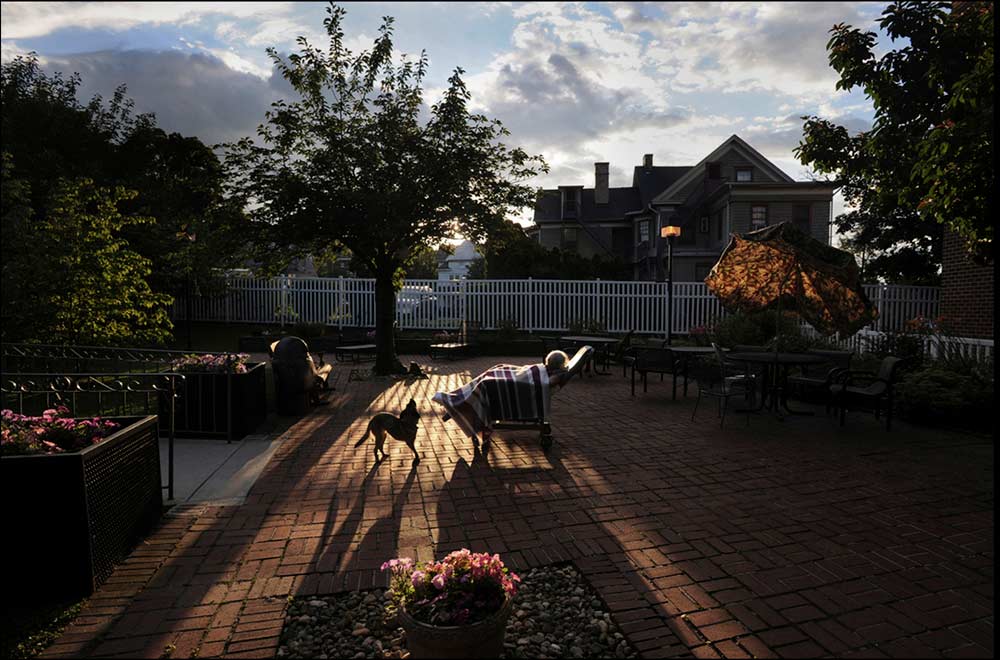
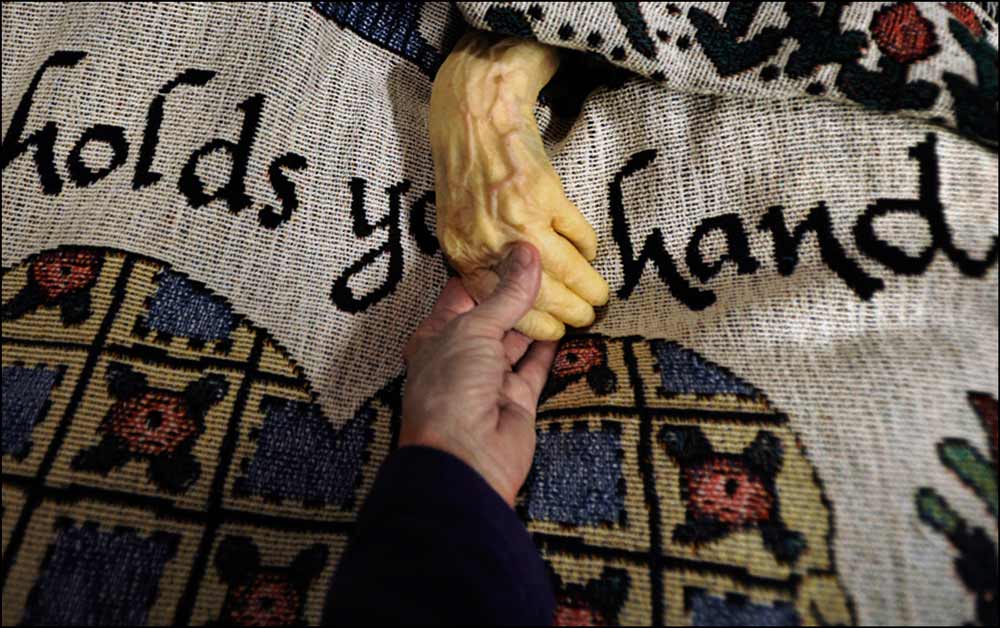
“I often work in volatile situations but I’m not a front line combat photographer,” she says. “Whether being a woman is an advantage, a liability, or neither totally depends on the specific and the cultural norms. Back in the day when I started, there were relatively few female photographers on newspaper staffs. Today, thanks partly to trailblazers, there are more opportunities for women photographers who have the mind and heart to make great pictures, and not so much a matter of gender. One’s life experiences are just as important as gender in allowing us to have a particular perspective, and we all see the world through different eyes. In places like Haiti, Africa, etc., during natural disasters or conflict situations, people tend to be more protective and to trust me as a women, but emotional authenticity is still essential. When you try to make it your picture, rather than their story, you’ve lost it. It’s all about empathy.”
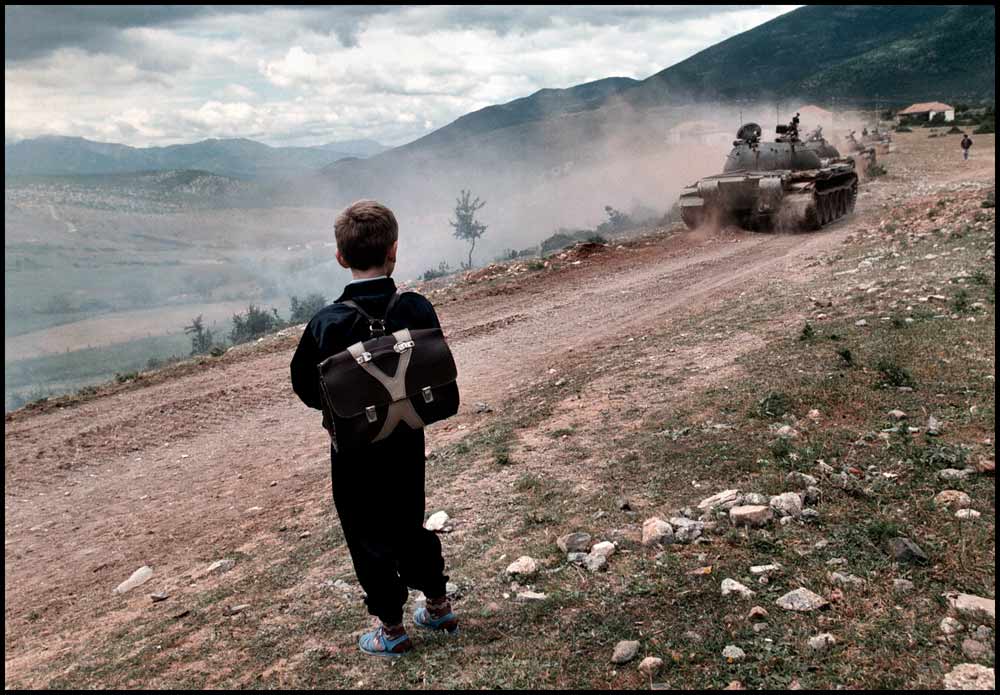
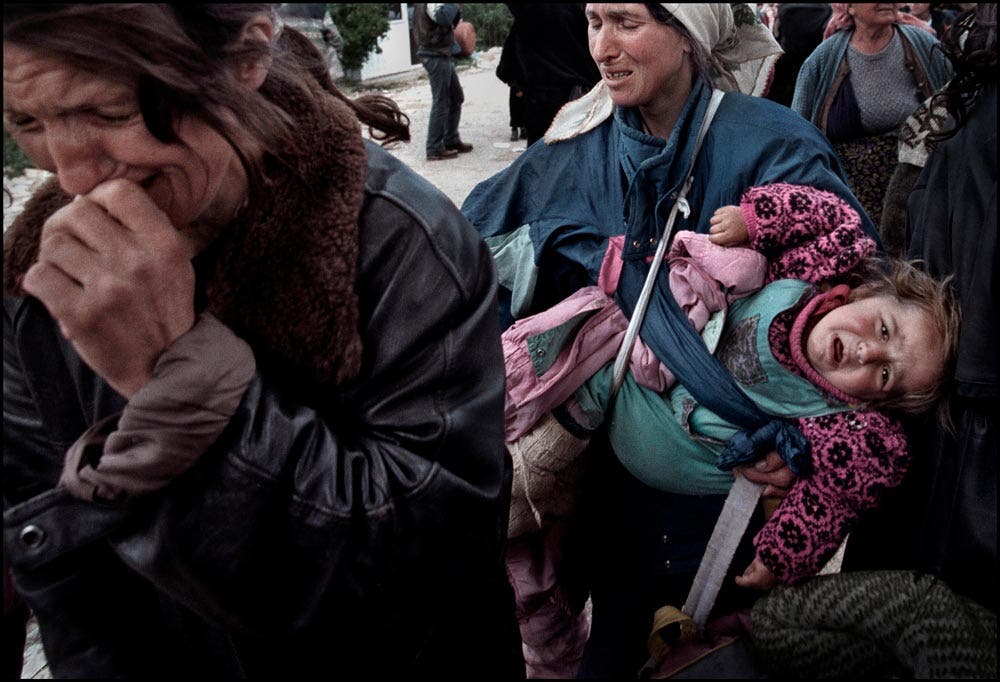
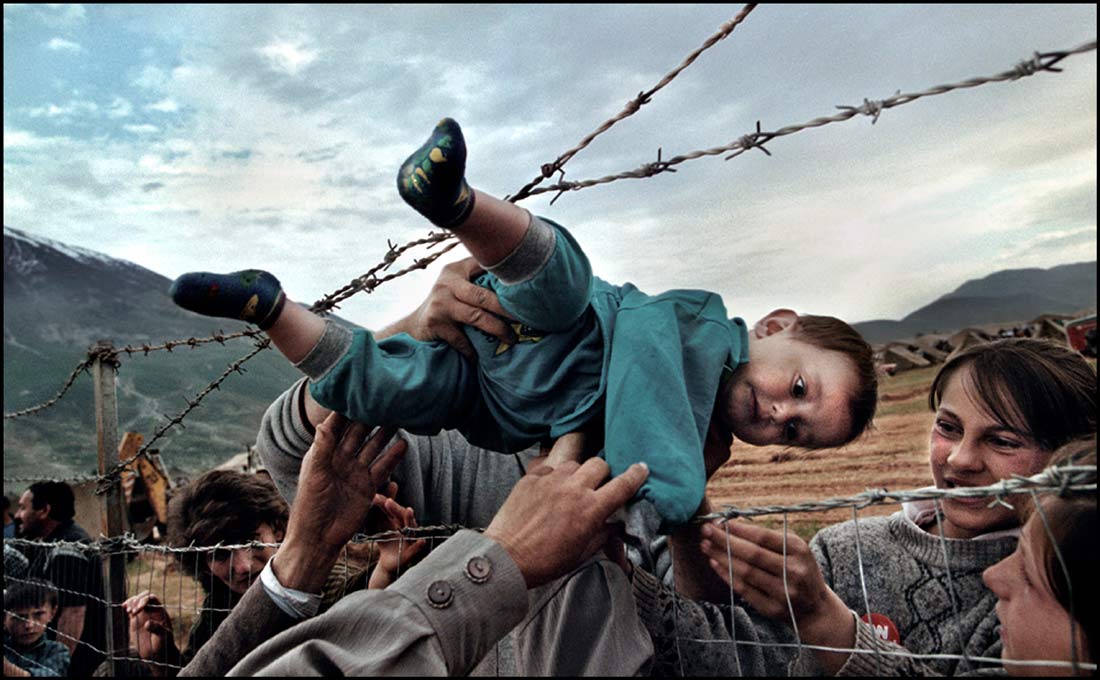
And Guzy’s remarkable work continues to evolve over the years.
“I still have the burning passion to do stories, although as I get older, the kind of coverage may change,” she says. “Realistically, we all need to be aware of limitations as well as our strengths. I’m still doing stories such as the liberation of Mosul from ISIS, hurricanes, and migrant caravans. However, as you might imagine, it’s quite physically demanding. We can make photos until the day we die if health allows — the types of stories I do may be different, but I am determined that they will be no less relevant or emotionally engaging.”
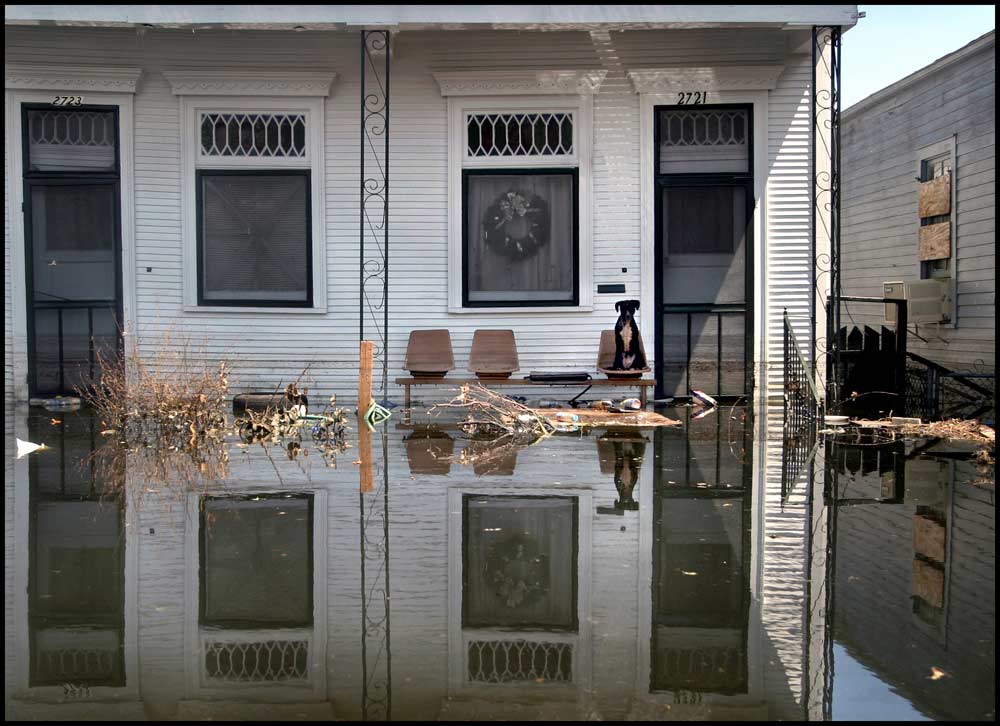
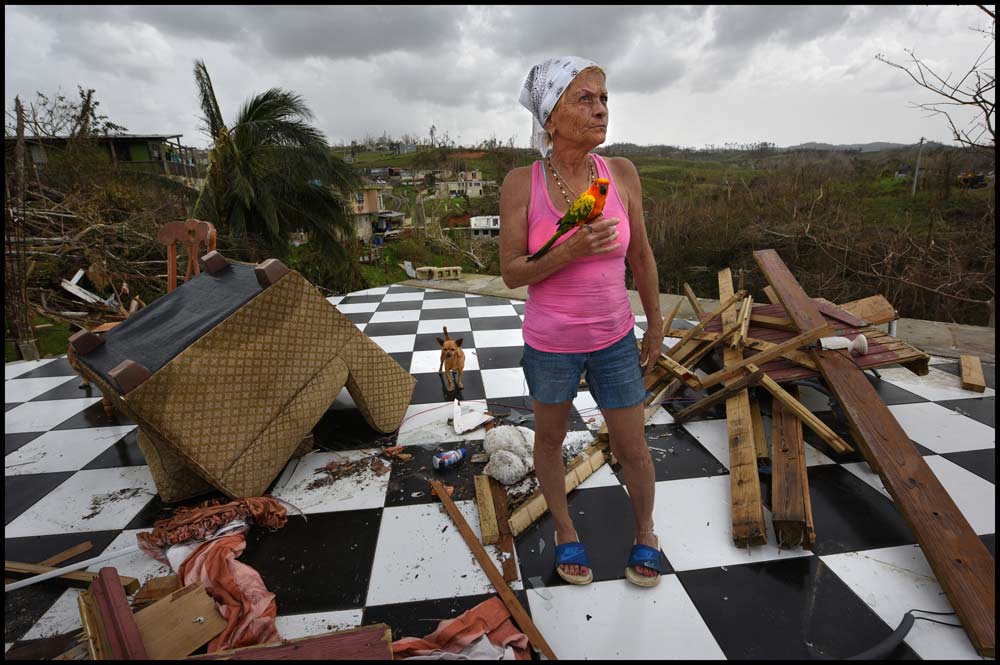

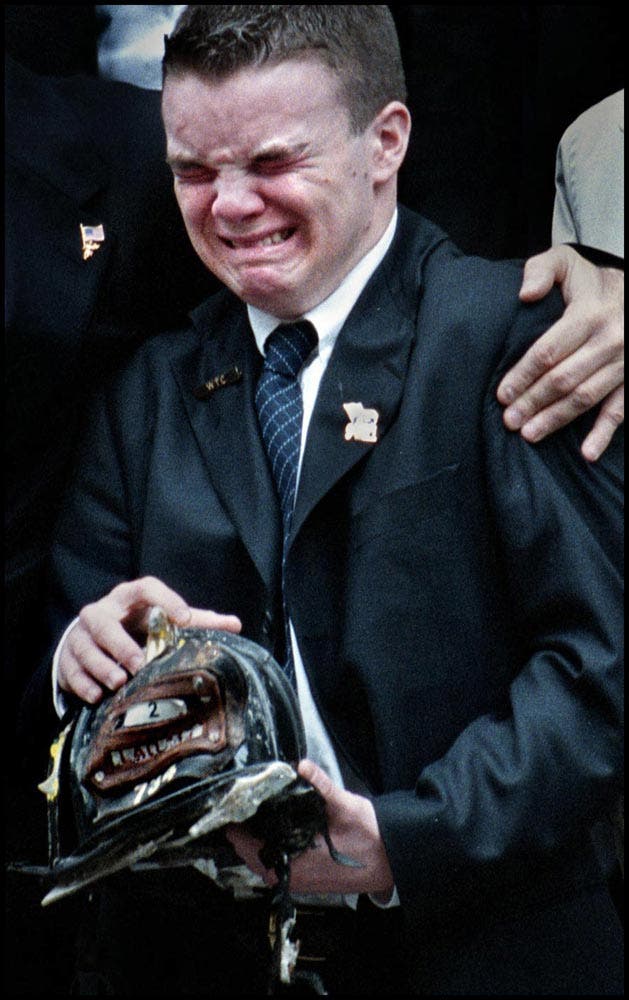
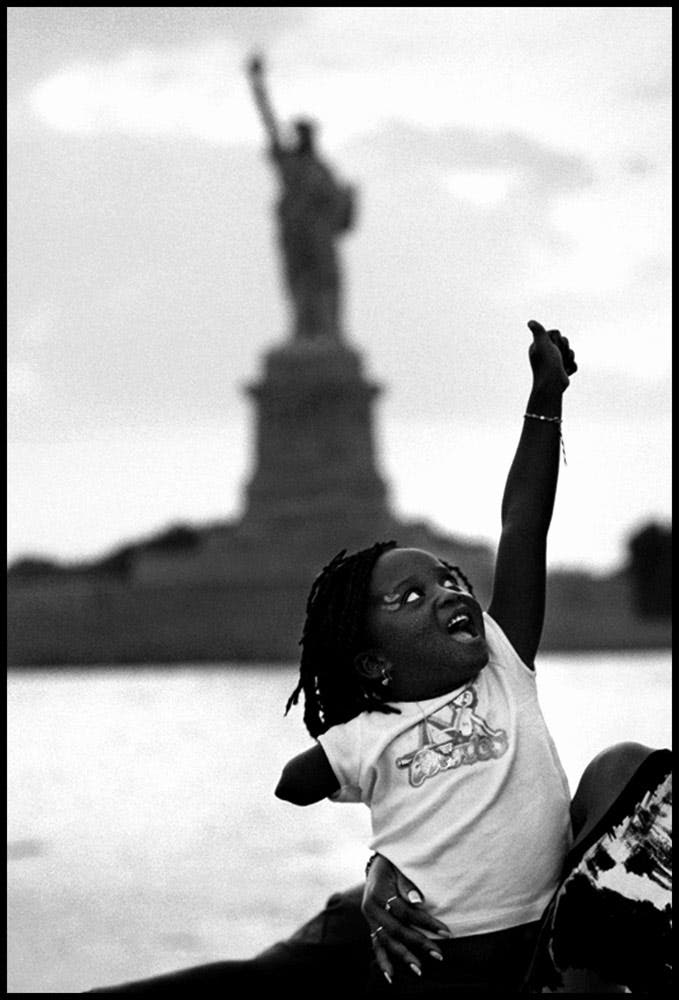
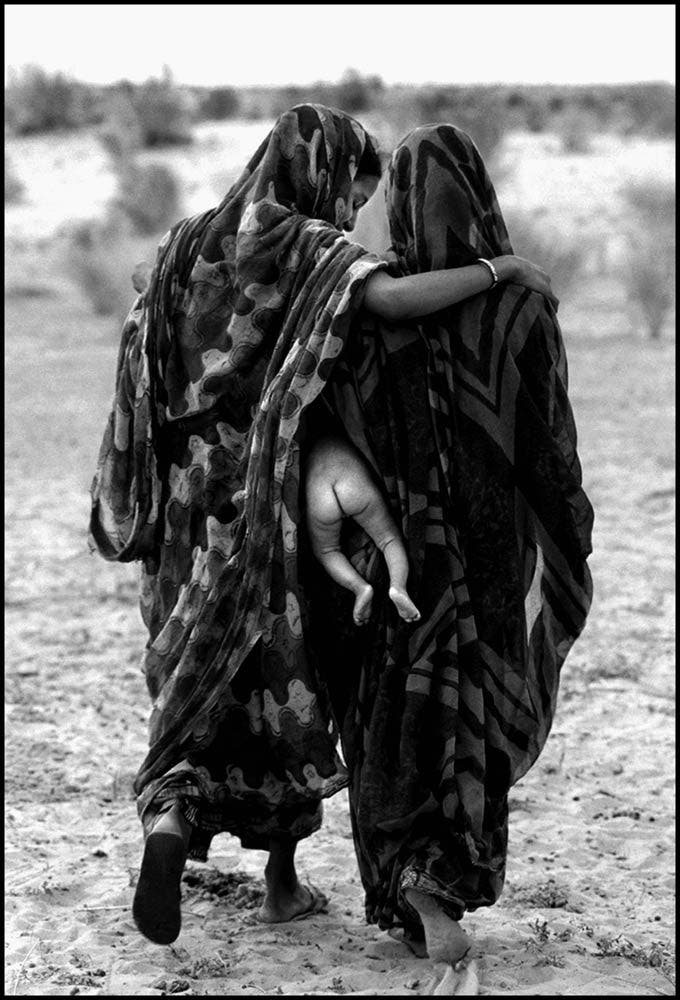
Guzy’s work has previously been showcased on the various newspaper websites’ she worked for, and her additional photography is transmitted to Zuma Press for worldwide distribution. “I extend my heartfelt thanks to the editors at Zuma who embraced me at the lowest point in my life, and continue to support and encourage my work,” she says. “I also post to Facebook and Instagram and intend to upload more recent stories, as well as archival work now in the process of being digitalized. My dream has always been to create books, although that has been difficult to devote the time to that given my intense desire to continue covering long-term stories. But I’m working on that dream.”
